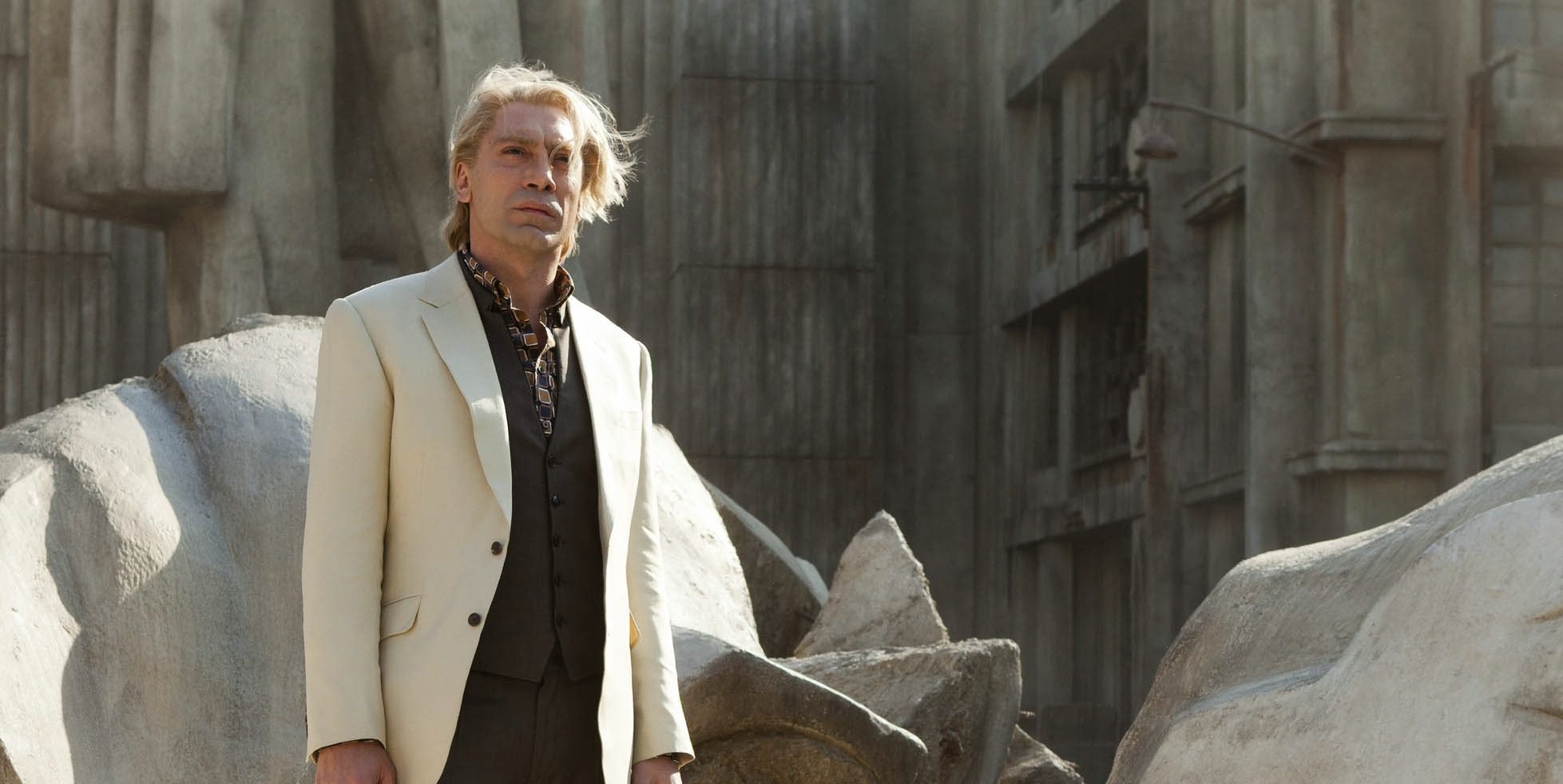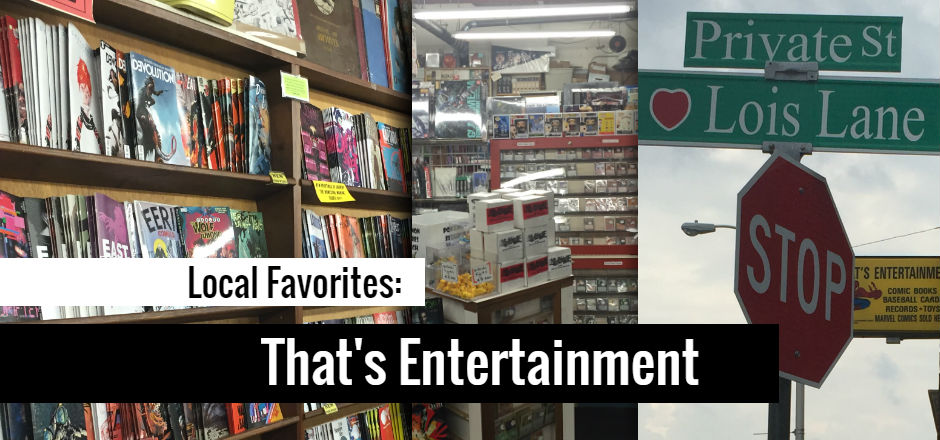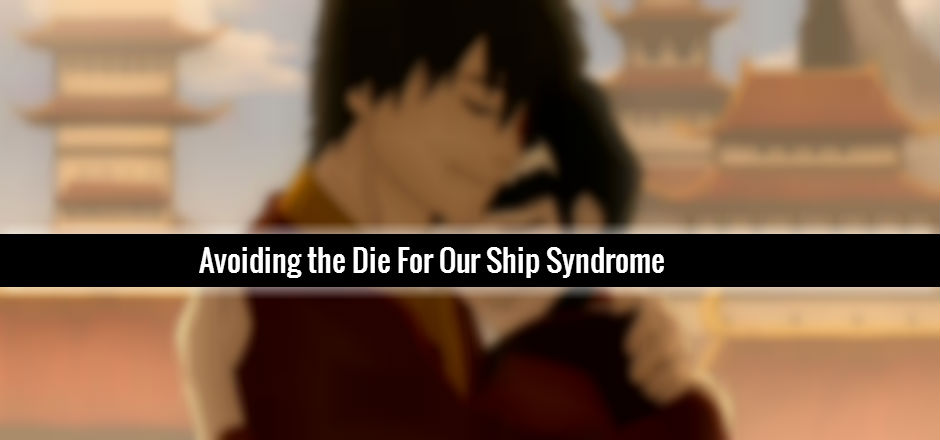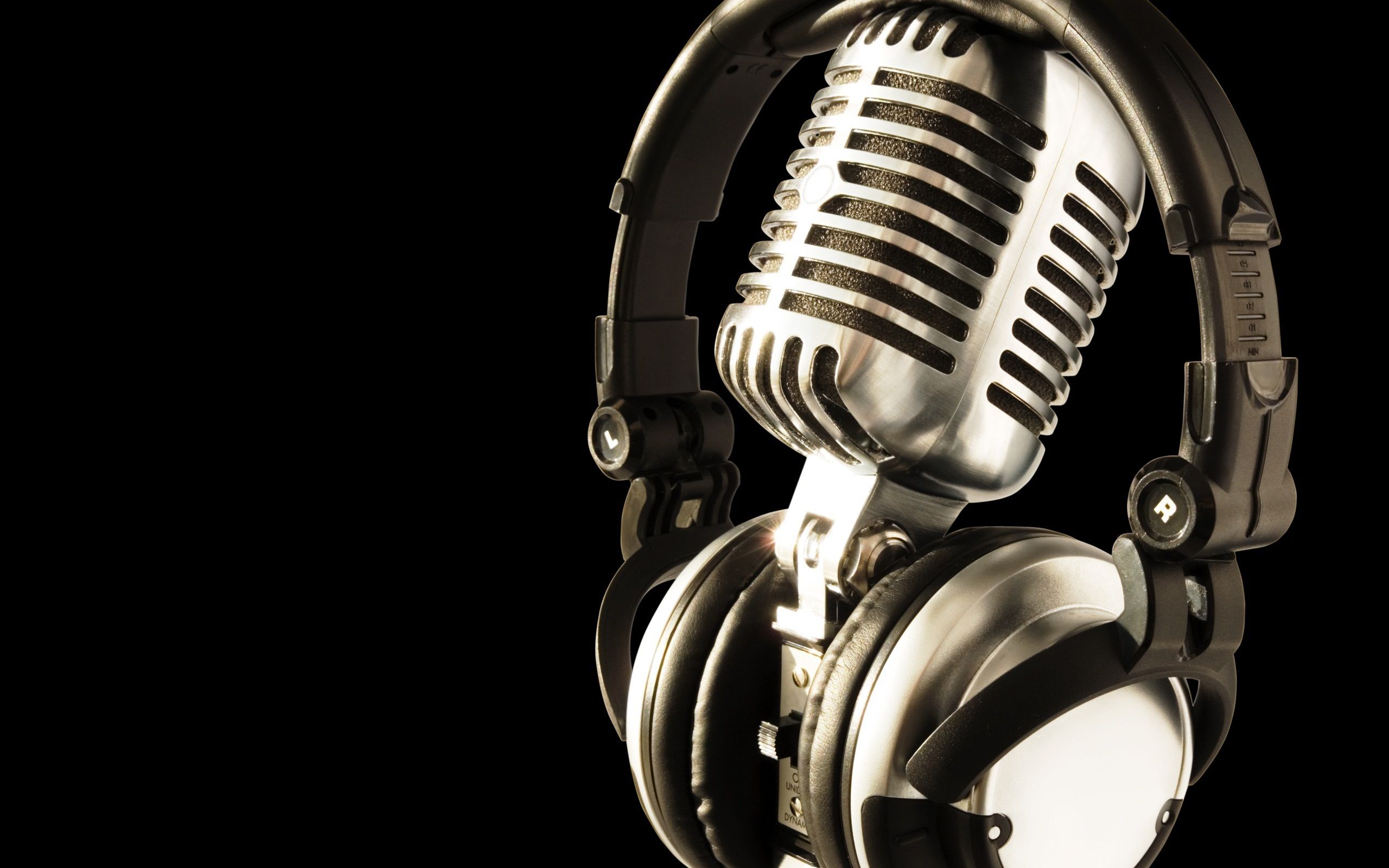I think I’ve found something we can all agree on.
The past couple of years have yielded more LGBTQ characters in literature, film and TV, comics, and gaming than ever before—I mean, just think about where we were 10 years ago—and regardless of our ships, regardless of our means of geekery, and regardless even of our own identities, I think we can all agree that such large-scale representation is incredible. (Don’t believe me? I came across this tumblr post that sums it up quite nicely.) It’s wonderful to see so much more representation than there has been before.
To see such representation is absolutely fantastic, but it’s also important to keep in mind that it’s not yet a success, because it’s not an end-all. We’re seeing more LGBTQ characters relative to what we’ve seen in the past, but we’re nowhere close to seeing a consummate amount.
Let’s not forget, either, that the characters we’re getting, for the most part, and especially in the most mainstream of media, aren’t leads. Where are the LGBTQ protagonists? Instead, LGBTQ characters seem to be relegated to supporting roles, and, lately, those of the antagonist.
A trend in LGBTQ villains is, at first glance, a legitimate one. Being a villain is often a step up from a supporting role, and if we’re going to argue for equal representation of LGBTQ characters in media, we have to expect just that: equal representation across the entire spectrum of characters. Just as there are likely to be LGBTQ heroes, for example, it so follows there are likely to be LGBTQ villains.
But here’s the catch.
The lynchpin of that entire argument lies in equality. For the statement “we have to expect LGBTQ villains to be represented too, because we’re demanding equal representation of LGBTQ characters” to be true, the number of LGBTQ heroes must be relatively equally represented. A lesser is not equal to a greater, and further alienating an already historically Othered group under the pretense that “well, you want to be like everyone else, right?” without giving them the same degree of inclusion as everyone else is not equality.
[blocktext align=”left”]For the statement “we have to expect LGBTQ villains to be represented too, because we’re demanding equal representation of LGBTQ characters” to be true, the number of LGBTQ heroes must be relatively equally represented.[/blocktext]Because we still live in a world in which sexual orientations and gender identities other than heterosexuality and cisgender are still continuously Othered, as are, inherently, villains—made so by the narrative, and often therein by society or their peers or both—storytellers have a responsibility to those characters who are both. They’re responsible for the slippery slope of perpetuating one of their characters’ dual Otherlessnesses but not the other: a character must be a convincing, well-developed villain, but to further alienate them because of their identity is not only inappropriate, but also incredibly damaging.
Loki: Agent of Asgard is set to premiere later this year, for example, and writer Al Ewing has committed to exploring Loki’s bisexuality and gender fluidity. Norse mythology has the occasional tale of Loki taking a female form as a means of deception, providing fair fodder for Ewing. To see the direction he chooses to take with it will be interesting: Will Loki’s gender fluidity become how and why he can perform villainous acts? Or will his intentions be the determining factor in his less-than-pristine alignment?
To use identity-based Otherness, too, as a means of perpetuating villainy, or an audience’s perceptions thereof, is equally damaging. Take Skyfall, James Bond’s latest big screen foray, for example. In a scene in which the film’s villain, Raoul Silva, has Bond captured and restrained, Silva unbuttons Bond’s shirt, caresses his bare chest, neck, and thighs, and queries “well, first time for everything. Yes?” One of the film’s writers, John Logan, has since said of the scene that “there’s been so many ways to do a cat-and-mouse and intimidate Bond, and we thought, what would truly make the audience uncomfortable is sexual intimidation; playing the sort of homoerotic card like Scaramanga in Man with the Golden Gun or Dr. No.”
Sexual intimidation, particularly in captive scenarios, is undoubtedly terrifying, and wont to make anyone uncomfortable. It’s a trope used time and time again, without further description, such as in 2013’s Tomb Raider reboot, or Orange is the New Black. So why did Logan feel the need to clarify that what made the audience so uncomfortable was the scene’s homoerotic component? Per Logan, it is less about the act itself, because the act plus the Othered nature of it that makes it truly uncomfortable. Per Logan, in the case of Silva, it is his acting as an Other that makes him a superlative villain.
To alienate a smaller population as a means for entertaining a larger one is not only lazy writing, but on a larger level, problematic, and incredibly harmful to the journey towards equal representation. If we as a society want to include LGBTQ characters in our media, we can’t just shoehorn them in as villains because it’s more off-putting or because it gives them a larger role than being a supporting character does without forcing people to adapt to an openly-LGBTQ protagonist. It’s not equality, and more often than not, is more hurtful than helpful.
We have complex LGBTQ supporting characters who are more than their gender identity or sexual orientation, and we have potential for LGBTQ villains that can be the same. It’s time to put in the effort, and represent everyone truly equally. It’s time for complex LGBTQ villains that are more than those identities, and it’s past time for LGBTQ protagonists. And I think that’s something we can all agree on.
Hannah Pingleton is the resident LGBTQ Writer for Girls in Capes. You can find her on Twitter @hannahpings or visit her at about.me/hannahpings.






